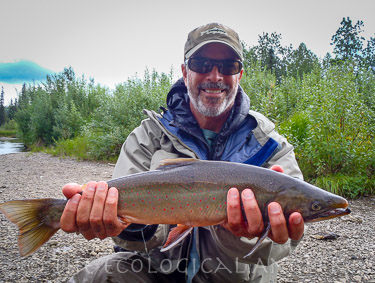Bristol Bay Rivers
Destinations
Goodnews River Float Trip
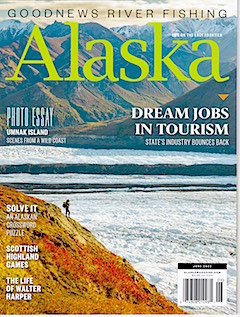
Camping on gravel bars each night, giving space to feeding brown bears and fly fishing for Silvers, Rainbows and Dollies on the Goodnews River - Look for my story in the June 2022 issue of Alaska Magazine and experience untouched Alaskan wilderness.
The Fishery
Native Trout & Salmon
No Pebble

If developed, the Pebble Mine would be the largest open pit mine in North America. The problem - it's located in the headwaters of the Kvichak and Nushagak Rivers, two of the eight major rivers that feed Bristol Bay. Because of its size, geochemistry and location, Pebble runs a high risk of polluting Bristol Bay, one of the world's great wild salmon strongholds. It's up to our generation to keep this piece of heaven from going to hell.
Fly Fishing Bristol Bay Alaska
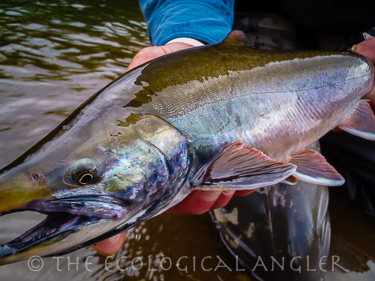
Where water, land, and sky seem to bend into one form. Home to the world's largest runs of sockeye salmon, and big runs of chinook and coho - this is the Bristol Bay region of Alaska.
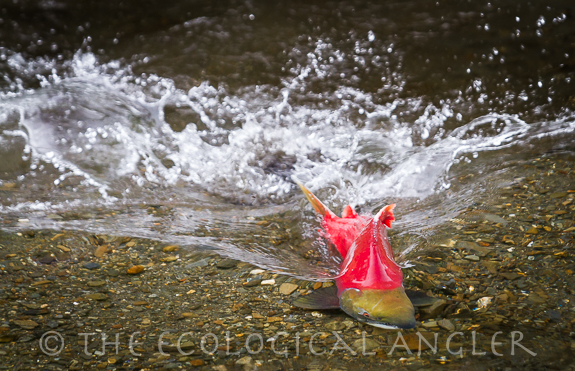
Here in the southwest corner of Alaska, in an area about the size of the state of Washington, exists one of the earth's greatest and most spendid wildlife pageants. An annual migration of all five species of Pacific salmon whose numbers exceed the past great migrations of bison. And in our short history of settlement on North America has proven more important.
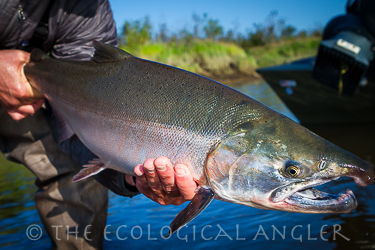
Pacific salmon have disappeared from over 40 percent of their historic range, and their survival is endangered in another 30 percent. In Bristol Bay, salmon populations exist in numbers that defy what we have come use to in the lower 48.
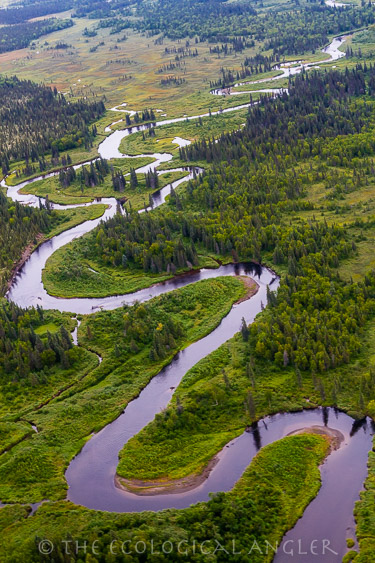
Before dams, pollution, and over-fishing destroyed its salmon fishery, the Columbia River Basin witnessed returns of about 16 million salmon each year. In 1995, nearly four times that number (62 million salmon) returned to spawn in the countless lakes and streams of Bristol Bay.
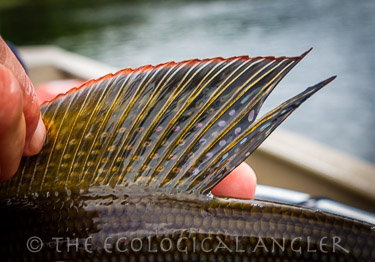
Jumbows and Leopards of Bristol Bay
Besides huge runs of Pacific salmon, the vast watersheds of Bristol Bay are home to monster rainbow trout. Alaska's southwest region marks both the northern and western edge of the rainbows range in North America. It's likely the network of lakes and streams that empty into Bristol Bay support the greatest population of native rainbow trout in the world. The reason is simple - the immense returns of salmon each summer.
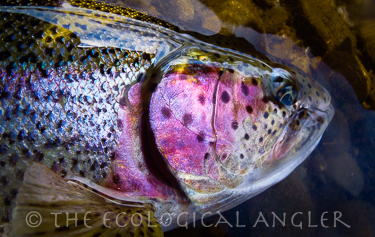
The trout along with dolly varden gorge on both salmon roe and later on the emerging fry. And then those large sources of protein aren't available, the streams and lakes offer rich plankton and aquatic insects. The bright chrome rainbows, or jumbows as they are called are long lived here and rely on both lake and stream habitats to grow large. They somethings live up to twelve years of age and grow up to forty inches in length. Any rainbow caught above thirty inches will most certainly become an angler's trout of a lifetime.
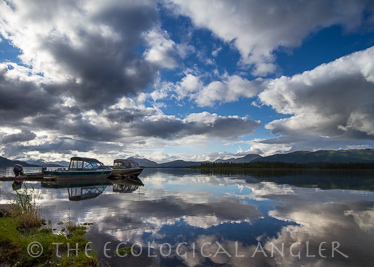
Rainbows which resident in the smaller streams of Bristol Bay, are no less prized. These heavily spotted trout resembling leopards with fins and gills have a dark red slash along their body. Residing only in stream habitat limits their growth to a meager 24 inches. Yes, small by Southwest Alaska standards, but watching a stunningly spotted, twenty inch, wild Alaskan rainbow tail-walk at the end of your line is what makes this place a ture Fisherman's Paradise.
